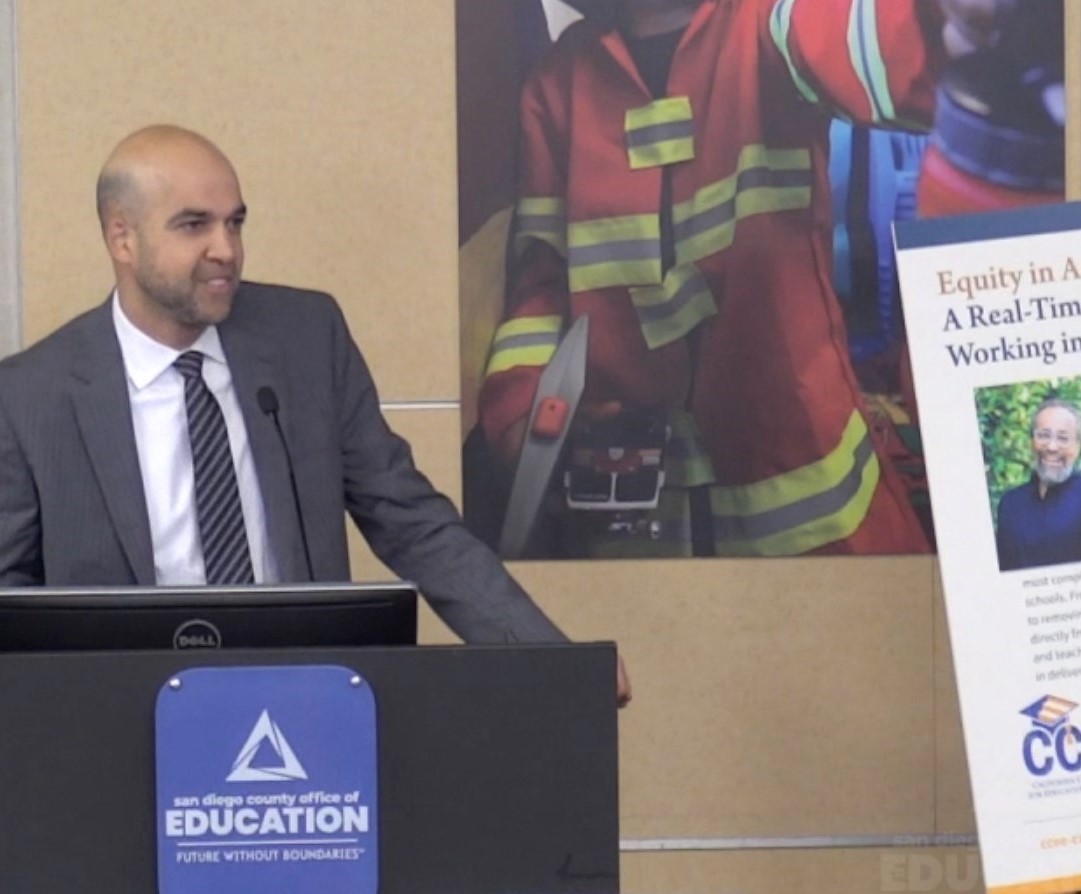As the state agency charged with building the capacity for continuous improvement at and across local educational agencies, California Collaborative for Educational Excellence board members and staff are reflecting on how to best fulfill that duty with a limited number of resources.
At the CCEE’s Dec. 5 board meeting in San Diego (view the archived video), board members received an in-depth look at two multi-year initiatives and their impacts on LEAs, the Pilot Partnership Initiative and the Professional Learning Network Initiative.
Lessons learned from pilot partnership program
A proof of concept for the State System of Support’s local technical assistance model, the Pilot Partnership Initiative connected the CCEE with 12 California LEAs beginning in 2016. Reflecting the state’s shift away from compliance under No Child Left Behind, the pilot “propose(d) that reform within the LEA be developed, organized, and led by the LEA for the LEA, in order for authentic and meaningful change to occur and be sustained.”
In other words, the CCEE aims to build an LEA’s sustainable and systemwide capacity to improve student outcomes, rather than show up with a quick fix. As more districts and county offices engage in this type of work, CCEE staff said the scaling up of best practices will permeate California.
Executive Director Tom Armelino, however, said the agency is often being pulled in many directions with limited resources and must focus on the expertise and lessons learned from the pilot programs. “Our largest goal is to build their capacity; part of our goal was to walk away,” he said of LEAs. “Build their capacity to the point where they own this work and do it on their own.”
Board chair Matt Navo agreed with Armelino’s assessment. “We run the risk of being a jack of all trades because we want to be helpful to everyone in the system,” he said. “And yet our call to arms is helping the system become better about collaboration.”
Navo also said for the CCEE’s capacity-building approach to take root and spread, the obligation of both the CCEE and LEAs to share learning practices is critical. “If we don’t make our improvement visible, then the system says, ‘what are they doing?’” he said.
Successes and the future of professional learning networks
Born out of 2016 legislation, CCEE staff said professional learning networks are an additional example of local control in action. They empower LEAs to come together to use the Local Control and Accountability Plan and the California School Dashboard to support continuous improvement for the benefit of students. The CCEE funded 54 professional learning networks in the last several years, including one hosted by CSBA. An outcome of the CSBA network comprising board members and superintendents was a governance brief, “Six Essential School Board Roles in LCAP Implementation and Development.”
Iishwara Ryaru, CCEE director of continuous improvement, presented board members with a comprehensive report on the 2017–19 professional learning network initiative. “PLNs may not be panaceas for the problems of practice that need to be addressed to improve student outcomes in California, but they show promise as means for making progress,” the report concludes.
In focusing on successes and lessons learned, Ryaru said participants valued the relationships and partnerships built through the networks, while also reporting survey results showing substantial increases in participants’ capacity to implement continuous improvement strategies at their LEA. “On the one hand, we’re excited about seeing these changes for students, and we were also excited to see some of these changes for adults,” Ryaru said.
In addition to supporting 28 networks in 2020, the CCEE has published a “how-to” handbook for LEAs interested in launching their own professional learning networks addressing a range of issues that impact student outcomes.
While impressed with the initiative’s results, board Vice Chair Tim Sbranti and member Sandra Lyon said communicating the lessons learned and resources with LEAs across the state will be vital. “This is a really good launch pad. So how we effectively communicate that to the districts up and down the state — where that focus is to get that information out — is the challenge,” Lyon said.
In other CCEE board developments:
- Navo was elected to serve as board chair through 2020. Navo also serves as a member of the State Board of Education. Sbranti was re-elected to serve as vice chair.
- The board set its four scheduled meetings for 2020. They will be held Feb. 6, June 4, Aug. 6 and Dec. 3. The Feb. 6 meeting is planned as a full-day meeting to allow the board more time to plan and discuss the year ahead, while the Dec. 3 meeting will be in Anaheim to align with CSBA’s 2020 Annual Education Conference and Trade Show.





